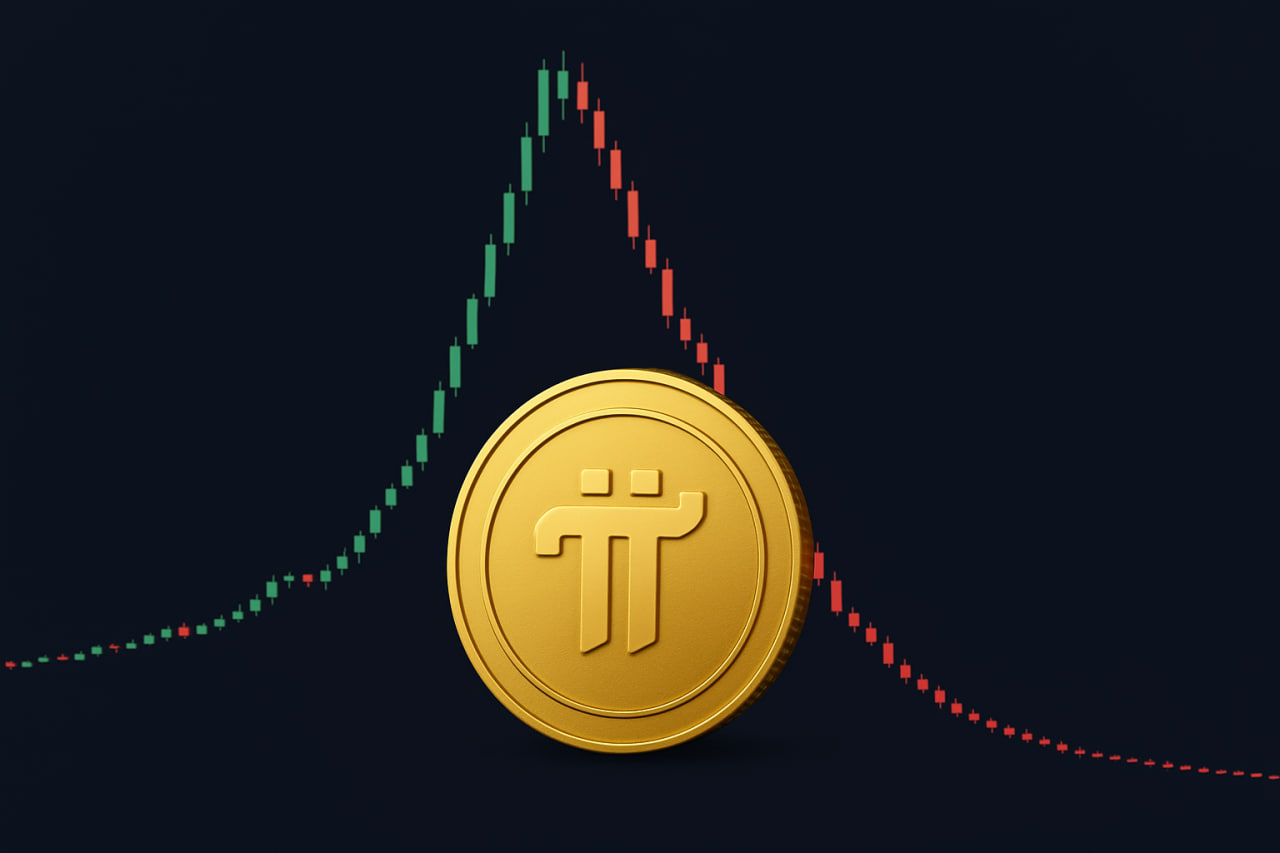Bitcoin Boom Could Send Strategy Stock Soaring, XRP Lawyer Claims

John Deaton, the well-known attorney from the XRP community, believes the company’s shares could break out in spectacular fashion if Bitcoin rallies as expected in the coming year.
Deaton’s Bitcoin and MSTR Forecast
Speaking on the market outlook, Deaton said he expects Bitcoin to climb to a range of $180,000 to $250,000 before the next cycle tops out. Such a move, he argues, would inevitably lift Strategy’s stock from its current level near $358 to above $500.
Still, he warned that a sharp correction could follow, with Bitcoin potentially losing 30–40% from its highs. In that scenario, Deaton suggested, speculation about forced sales and liquidation of Strategy’s BTC reserves could resurface.
Saylor’s Policy Reversal Sparks Debate
The commentary comes at a sensitive time for Michael Saylor’s firm. Last week, Strategy faced renewed criticism after Saylor shifted course on equity dilution tied to the company’s mNAV policy. Once firm on issuing shares only above a 2.5 multiple of net asset value, the company reversed its stance, sparking questions among investors.
READ MORE:

From $2.98 Peak to $0.36: Pi Coin’s Market Rollercoaster and What’s Next in 2026
The backdrop isn’t all negative, however. Strategy delivered $10 billion in net income for Q2, and company CFO Andrew Phang confirmed that stock dilution would not move forward below the 2.5 threshold. Even so, the company’s mNAV ratio has collapsed from 3.68x at the end of 2024 to just 1.6x, underlining investor doubts.
Can Strategy Become Wall Street’s Titan?
Despite the turbulence, some analysts see Strategy’s long-term outlook as transformative. Fundstrat’s Tom Lee recently suggested that if Bitcoin climbs to $1 million, Strategy could evolve into one of the largest publicly traded companies in the world — not because of earnings, but simply due to the massive value of its Bitcoin holdings. “Exxon was oil. Strategy is Bitcoin,” Lee noted.
Treasurer Shirish Jajodia has also defended the firm’s direction, telling Natalie Brunell on the Coin Stories podcast that investors will eventually recognize the reasoning behind the recent policy changes.
The information provided in this article is for informational purposes only and does not constitute financial, investment, or trading advice. Coindoo.com does not endorse or recommend any specific investment strategy or cryptocurrency. Always conduct your own research and consult with a licensed financial advisor before making any investment decisions.
The post Bitcoin Boom Could Send Strategy Stock Soaring, XRP Lawyer Claims appeared first on Coindoo.
You May Also Like

USDT Faucets: Claiming Stablecoins for Free

KindlyMD Launches $5 Billion Equity Program Tied to Bitcoin Treasury Strategy
